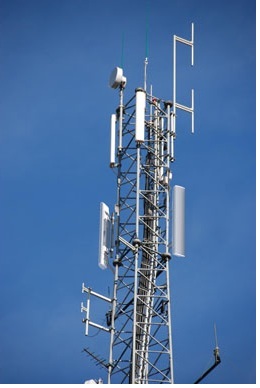 Earlier this week we heard from Alcatel-Lucent and their lightRadio solution, which promised “the capability to make base stations and antennas virtually invisible”.
Earlier this week we heard from Alcatel-Lucent and their lightRadio solution, which promised “the capability to make base stations and antennas virtually invisible”.
Now comes what sounds - at least in part - like a similar product from Ericsson. They’re launching the Ericsson AIR (antenna integrated radio) solution at Mobile World Congress next week. AIR integrates the antenna into the radio unit, cutting both energy consumption and installation time.
Ulf Ewaldsson, Vice President and Head of Product Area Radio at Ericsson, said “AIR is the fruit of in-depth discussions with customers about their future requirements for highly efficient radio access solutions. AIR will not only cut operational costs substantially, but it will also ensure a smooth introduction of new technologies and frequency bands. We are experiencing a tremendous take off in mobile broadband and the user expectations on speed and coverage are increasing the demands on the networks. In order to cope with the future capacity demands, we have a clearly defined small cell strategy. I am proud to announce that the AIR architecture is the first stepping stone towards a heterogeneous network.”
The new design has resulted from a partnership between Ericsson and antenna company Kathrein. AIR will be available to network operators in the second half of 2011.